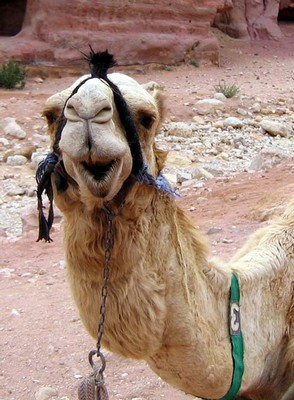The Music of Ancient Egypt
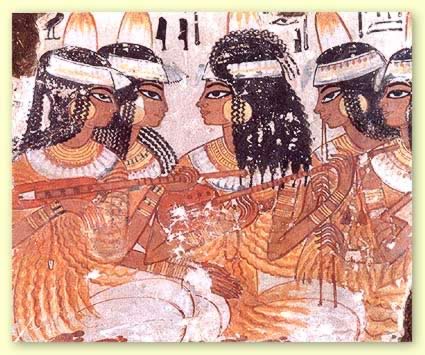
Although music existed in Ancient Egypt, historians only found evidence for it after 3100 BCE. Music formed an important part of Egyptian life, and musicians held a variety of positions in Egyptian society.
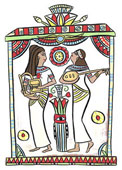 Music found its way into many things in Egypt: temples, palaces, workshops, farms, battlefields and the tomb. Music was an important part of religious worship in ancient Egypt, so it is not surprising that there were gods specifically associated with music, such as Hathor and Bes (both were also associated with dance, fertility and childbirth).
Music found its way into many things in Egypt: temples, palaces, workshops, farms, battlefields and the tomb. Music was an important part of religious worship in ancient Egypt, so it is not surprising that there were gods specifically associated with music, such as Hathor and Bes (both were also associated with dance, fertility and childbirth).
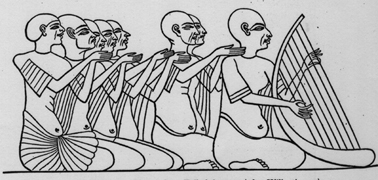 In ancient Egypt, there were instruments from the wind, strings and percussion families. Percussion instruments included hand-held drums, rattles, castanets, bells, and the sistrum--a highly important rattle used in religious worship. Hand clapping too was used as a rhythmic accompaniment.
In ancient Egypt, there were instruments from the wind, strings and percussion families. Percussion instruments included hand-held drums, rattles, castanets, bells, and the sistrum--a highly important rattle used in religious worship. Hand clapping too was used as a rhythmic accompaniment.
 Wind instruments included flutes (double and single, ith reeds and without) and trumpets.
Wind instruments included flutes (double and single, ith reeds and without) and trumpets.
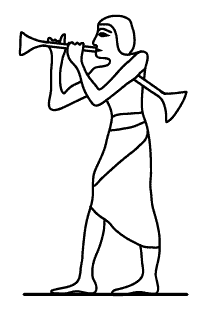
 Stringed instruments included harps, lyres, and lutes--plucked rather than bowed. Instruments were frequently inscribed with the name of the owner and decorated with representations of the goddess (Hathor) or god (Bes) of music. Both male and female voices (singers) were also frequently used in Egyptian music!
Stringed instruments included harps, lyres, and lutes--plucked rather than bowed. Instruments were frequently inscribed with the name of the owner and decorated with representations of the goddess (Hathor) or god (Bes) of music. Both male and female voices (singers) were also frequently used in Egyptian music!


Professional musicians held a number of positions in ancient Egypt. The highest position belonged to temple musicians; the office of "musician" (shemayet) to a particular god or goddess was a position of high status frequently held by women.

Musicians connected with the royal household (or palace) were held in high esteem, as were certain gifted singers and harp players. Somewhat lower on the social scale were musicians who acted as entertainers for parties and festivals, often accompanied by dancers.
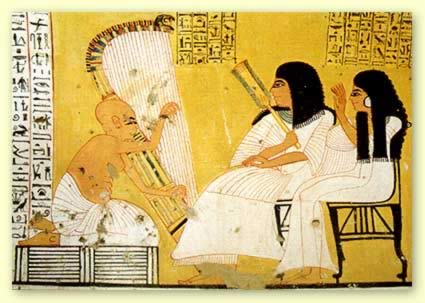
The ancient Egyptians did not notate (or write) their music before the Graeco-Roman period, so attempts to recreate their music has been unsuccessful. Scientists and musicians only have evidence that can give a general idea of the sound of Egyptian music. Ritual temple music was largely a matter of the rattling of the sistrum, accompanied by voice, sometimes with harp and/or percussion. Party/festival scenes show ensembles of instruments (lyres, lutes, double and single reed flutes, clappers, drums) and the presence (or absence) of singers in a variety of situations.
Here are some pictures of instruments used in ancient Egypt:
Harp
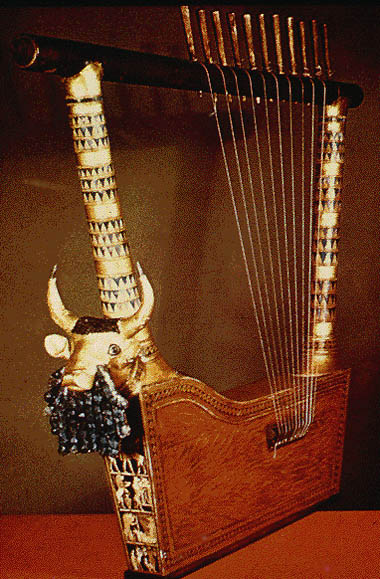

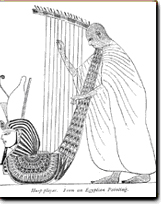
Clappers
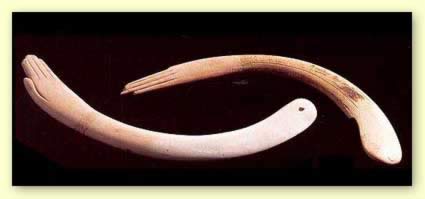
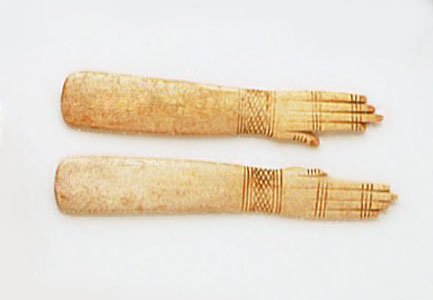
Sistrum 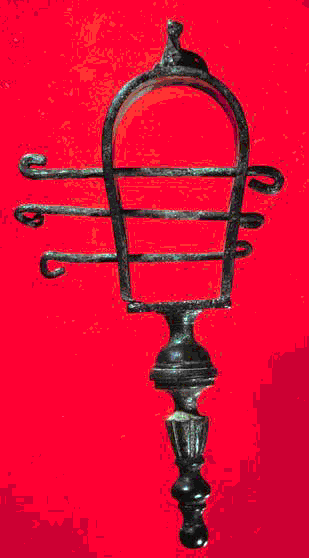
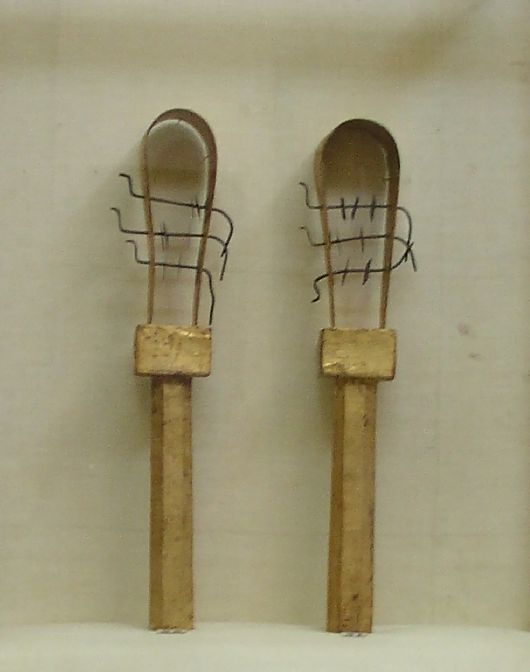
Click Here to see some cool Egyptian coloring pages you can decorate for fun!
Click on this picture of a camel when you are ready to answer the question about ancient Egyptian music!
